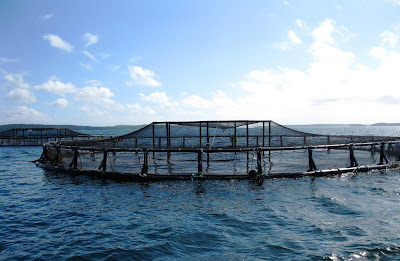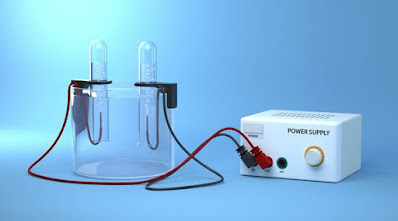Aquaculture: global status and trends
Aquaculture added 43 percent of aquatic pet food for human usage in 2007 (e.g. fish, crustaceans and molluscs, however omitting mammals, reptiles and aquatic plants) and is anticipated to expand additional to satisfy the future need. It's really varied and, as opposed to numerous understandings, controlled by shellfish and herbivorous and omnivorous fish pond fish either completely or partially using all-natural efficiency. The fast development in the manufacturing of carnivorous types such as salmon, shrimp and catfish has been owned by globalizing profession and beneficial business economics of bigger range extensive farming. Many aquaculture systems depend on reduced/uncosted ecological products and solutions, so a crucial provide for the future is whether these are brought right into business accounts and the ensuing impacts this would certainly carry manufacturing business economics. Stopping working that, enhanced competitors for natural deposits will pressure federal governments to assign tactically or leave the marketplace to identify their utilize depending upon tasks that could essence the greatest worth. Additional unpredictabilities consist of the effect of environment alter, future fisheries materials (for competitors and feed supply), useful limitations in regards to range and in the business economics of combination and the advancement and reputation of brand-new bio-engineering innovations. Mengenal Permainan Judi Sabung Ayam Online
In the tool call, enhanced outcome is most likely to need growth in brand-new atmospheres, additional intensification and effectiveness acquires for much a lot extra lasting and affordable manufacturing. The pattern to improved extensive systems with essential monocultures stays solid and, at the very least for the near future, will be a considerable factor to future materials. Reliance on outside feeds (consisting of fish), sprinkle and power are essential problems. Some brand-new types will go into manufacturing and plans that assistance the decrease of source impacts and enhance combination might result in brand-new advancements in addition to turning around decrease in some much a lot extra conventional systems.
Worldwide aquaculture (number 1) has expanded significantly over the previous half a century to about 52.5 million tonnes (68.3 million consisting of aquatic plants) in 2008 well worth US$98.5 billion (US$106 billion consisting of aquatic plants) and representing about 50 percent of the world's fish food provide. Australia or europe controls this manufacturing, representing 89 percent by quantity and 79 percent by worth, with China without a doubt the biggest producer (32.7 million tonnes in 2008). The fast development in this area has been owned by a range of elements, consisting of pre-existing aquaculture methods, populace and financial development, unwinded regulative structure and broadening export chances.



